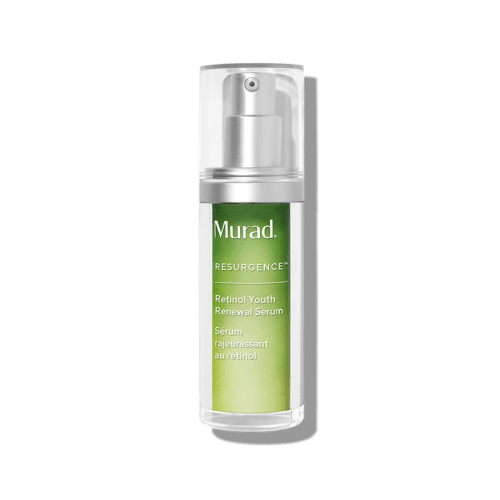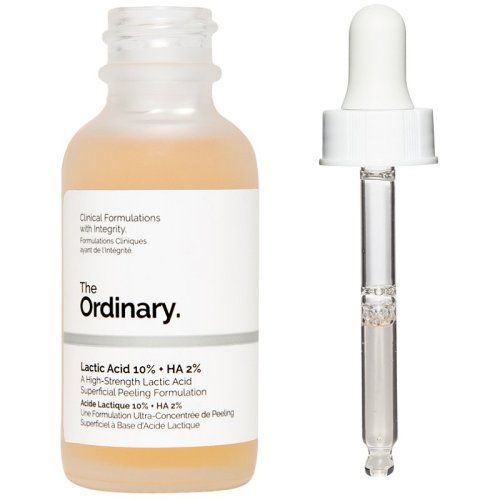Our editors independently select these products. Making a purchase through our links may earn Well+Good a commission
With the launch of every new and buzzy skincare product, it can be very tempting to press “add to cart” and try it out for yourself. And we get it—the process of experimenting with new products can be exciting, and it always feels great than when you find an untapped formula that works for your skin. However, according to this recent video by board-certified dermatologist Dhaval G. Bhanusali, MD FAAD, it’s important to give your skin a two-week adjustment period to a certain product before adding yet another new one into your skin-care routine.
Experts in This Article
New York City-based dermatologist, researcher, and laser surgeon
The reason? This 14-day stretch gives your skin just enough time to adapt and react to whatever new ingredients you’re putting on your face. “The idea is that you need about two weeks to assess tolerability,” says Dr. Bhanusali, “Most people who come in with ‘a reaction’ are usually mixing and matching multiple products.” By following the two-week rule, you’re able to see how your skin responds to something before piling another potential irritant on top of it, which will ultimately help you avoid sensitization.
While you should consider this a cardinal rule for adding anything new into your routine, it’s crucial for aggressive actives. Below, the three that Dr. Bhanusali says should *always* be given a two-week grace period.
1. Vitamin C
Vitamin C is a powerful antioxidant beloved for its exfoliating and brightening qualities. But it’s important to remember that L-ascorbic acid (the type of vitamin C most commonly found in skin-care products) is an acid, and can cause irritation because it has a lower pH than your skin.
If your skin reacts to a new vitamin C serum, Dr. Bhanusali recommends switching to a milder product that uses THDC (Tetrahexyldecyl Ascorbate) as its active compound, like the LiveTinted SUPERHUE Stick. If that’s still too harsh, you may want to consider swapping for a niacinamide serum, instead.

Live Tinted SUPERHUE Hyperpigmentation Serum Stick — $34.00
2. Retinoids
Dermatologists recommend retinol as a way to speed up cell turnover, which stimulates collagen and elastin production, gets rid of dead skin, and evens out texture and tone. However, with all of that power comes a high potential for redness, dryness, and overall irritation. According to Dr. Bhanusali, these side effects are the biggest reason people tend to give up their retinoid routine—but he suggests waiting it out for two weeks before deciding to stop.
Derms often refer to this period as a “purge,” in which your skin brings whatever’s been brewing under its surface out into the open. If you have dry skin, this will likely look like redness and irritation; if you have oily or acne-prone skin, it will probably show up in the form of a breakout.
While it may be uncomfortable in the moment, in some cases the reaction can be a good sign that the ingredient is working for your skin. “Usually, after two weeks, patients note the irritation goes down, and they can enjoy the benefits,” says Dr. Bhanusali.
To make the process easier, consider using low-concentration or time-release retinol (like the one below), adding it into your routine slowly (start with once a week, then work your way up from there), or mixing it with your moisturizer to make it more tolerable. One more important note: Though purging is fairly common, if your skin starts peeling, itching, or burning, you should stop using your retinoid right away.

Murad Retinol Youth Renewal Serum — $103.00
3. Glycolic acid
Glycolic acid is an “alpha hydroxy acid and a chemical exfoliant that removes dead skin cells by loosening the ‘glue’ that holds the dead cells to the top layer of skin,” board-certified dermatologist Dennis Gross, MD, previously told Well+Good.
Because of its exfoliating qualities, glycolic acid is commonly used for smoothing and brightening, but it can also be too aggressive for certain complexions. If you have sensitive skin, Dr. Bhanusali says to proceed with caution when adding glycolic acid to your skincare routine. Alternately, you can opt for a gentler AHA—like lactic, mandelic, or malic acid—which will deliver similar results with less risk of irritation.

The Ordinary Lactic Acid 10% + HA 2% — $8.00
Want even more beauty intel from our editors? Follow our Fineprint Instagram account) for must-know tips and tricks.
Sign up for the Well+Good SHOP Newsletter
Get exclusive deals on wellness, beauty, fitness, and food products that have been hand-picked by our editors.
Got it, you've been added to our email list.











